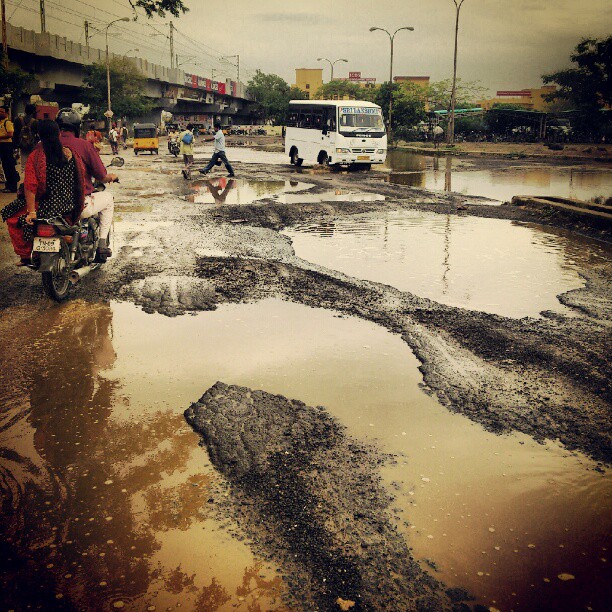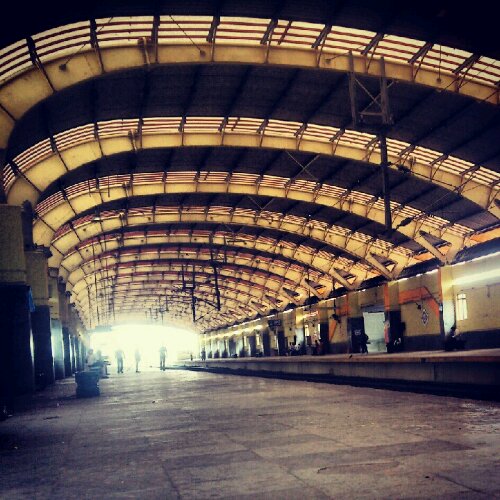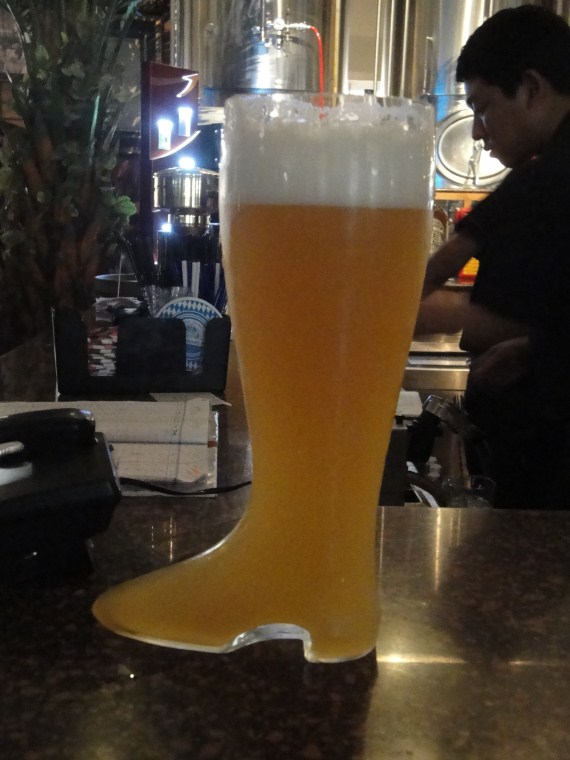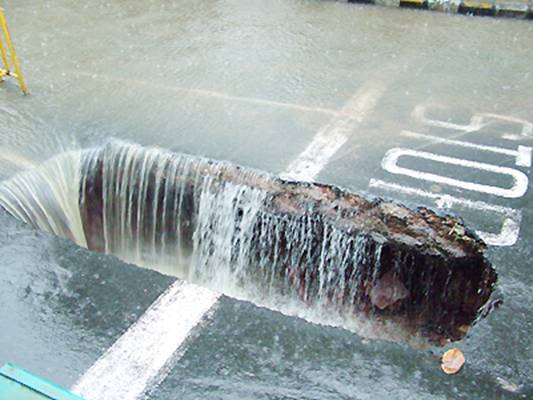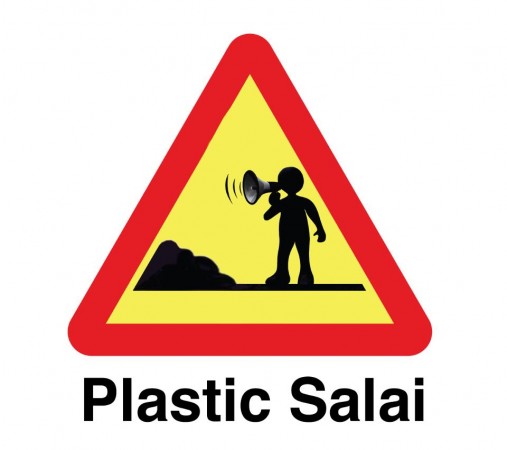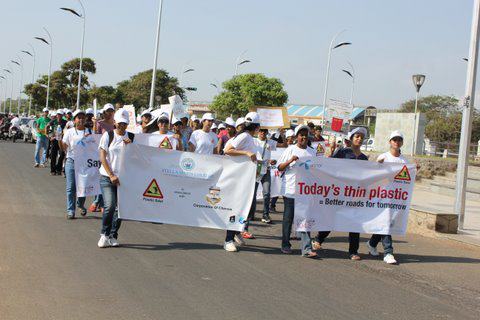Taxi services. Little has changed in the last 50 years. You call up the taxi company, ask for a taxi to pick you up and you wait patiently for them to arrive.
Only it’s not always that simple in Chennai, especially for a foreigner (although I consider myself more of an almost-PIO nowadays).
You call up the call-centre, wait patiently to be connected to an operator, explain where you want to be picked up from, explain where you want to go, request the car type, listen to stupid special offers and finally, the taxi is booked. Then the fun really begins. Under normal circumstances, the driver calls you up 30 – 60 minutes before hand to know from where he needs to pick you up.
This will forever be a mystery to me because you’ve just told the call-centre where you want to be picked up from so how hard can it be to pass this on to the driver? Based on experience, it’s apparently impossible to do.
Taking the time to be the wingman to the hapless driver as you guide him in can be a mild inconvenience in the evening, but if you’ve got a 7am flight to catch, getting a 4:30am phonecall isn’t really what you need – unless you’re the type of person who takes an hour to get ready.
The biggest problem is that explaining the directions to a local driver is nigh on impossible for a foreigner in Chennai. Locals barely see more success. It doesn’t matter if the conversation is in English or Tamil, it always goes a little something like this…
We are in T-Nagar, no tee, tuh, not dee. No T-Nagar, like Pothys and Saravana stores. Yes, Pothys, no no, wait I don’t want you to come to Pothys. T-Nagar, yes, near to Gardenia Hotel…Gar-den-ia, err, oh, the old name is Empire Residency, ok? Good. After Gardenia Hotel…what? Yes Empire Residency, take the third right next to the bike garage, then keep going until you reach the chicken shop and take the next left after that and find the Homely Nest apartment block which is opposite the flower lady. How much time?
It’s always five minutes, so there’s no point in asking. There will be an exchange of three or four more calls as the driver iterates his way ever closer until finally you get the call that he is there and would you mind awfully hurrying up.
Even when you are not the one trying to give the directions, it’s still utterly exhausting just listening in on someone being the wingman. This is why I’m so happy that Chennai has gone Uber over the last month.
Uber is an American company looking to radically change the way we book taxis and give you awesome rides in Mercs, Jags and Beemers for a fraction of the price. Having ubered (yes, I’m verbalizing Uber, move on) to the office a few times and used the service to get around the city, let me tell you: it rocks!
Instead of spending countless phonecalls explaining your location, Uber uses this amazing piece of technology called GPS, which everyone in the world knows about except Chennai taxi companies.
You fire up the Uber app (available on Android and also some fruity phone) and GPS (or cell phone tower triangulation if you are inside) locates your exact position in the city.
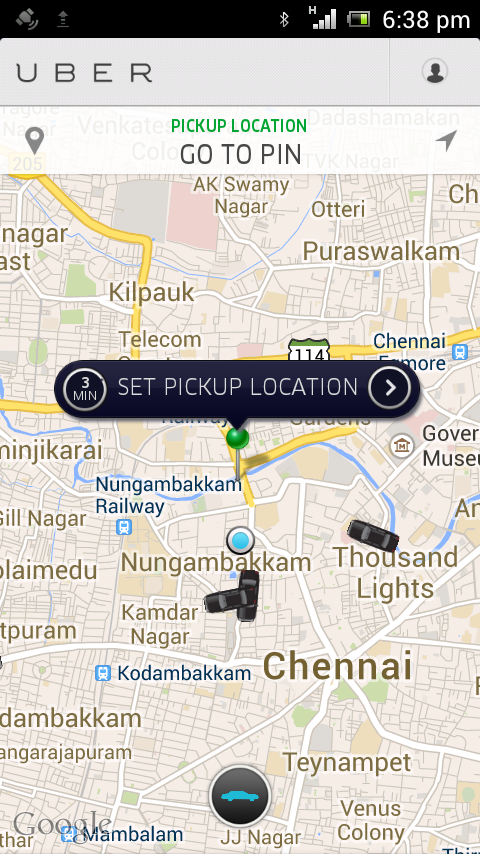
Of course, if you want to have a different pick up point, you just move the pin to location you want. The process does assume some degree of map reading ability, but I’m not here to point fingers.
Once the pin is set, you can then see the location of all the available Uber cars in the city (err, zoom out if you see no cars) and it tells you how long you need to wait to get your driver (Uber doesn’t call them cabs). If you are happy with everything you tap the confirm button and the driver is alerted.
Now here’s the clever part, Uber drivers are not given fare meters. Wait? What? Shock! Horror! Instead they are given an iPhone with – wait for it – GPS! Hhomygod. Srsly? The innovation we can do nowadays with 40 year old technology, it clearly baffles the minds of Chennai’s current crop of taxi companies.
The location of the pick up (ie. you) is marked on the driver’s map so they simply drive to the pin and you are told exactly how many minutes away the car is on your phone.
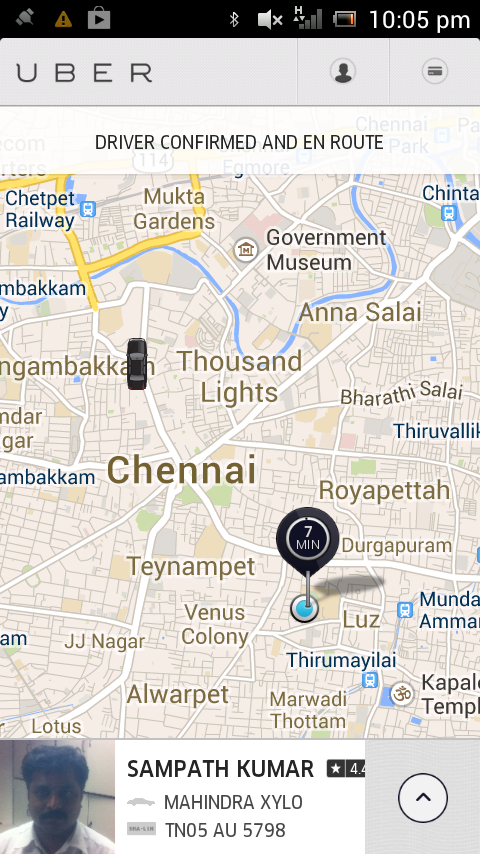
Once picked up, a quick tap on the driver’s phone app tells Uber that the meter has started and GPS tracks the route along with the time.
Now after the base fare of Rs 50 (with a Rs 100 minimum fare), Uber charges just 15 rupees per km which is really cheap compared to the other taxis in the city, even compared to autos! There is a small catch though, they charge 2 rupees per minute so if you are gridlocked at Gemini Flyover or at the Tidel Park junction, you might feel the pinch, but hey, you’re in a frickking Jag so quit your whining already.
The pricing structure means I can take a Mercedes car home from office and pay less than what I would for an Indigo from NTL. Clearly there are massive cost savings from not having a call centre and all the staff that are required to run it 24 hours a day. If I was any of the traditional taxi companies I would be petrified of my business becoming irrelevant like, right now.
At the end of the journey, the driver taps his app again and the meter is stopped. There is no exchange of money, your credit card (which you entered earlier) is charged automatically and off you go on your happy little way.
For corporates, a full email invoice is sent with the route shown on a map, the number of minutes used and the distance travelled. For data nerds like myself it’s a little bit of nirvana from your ride home.
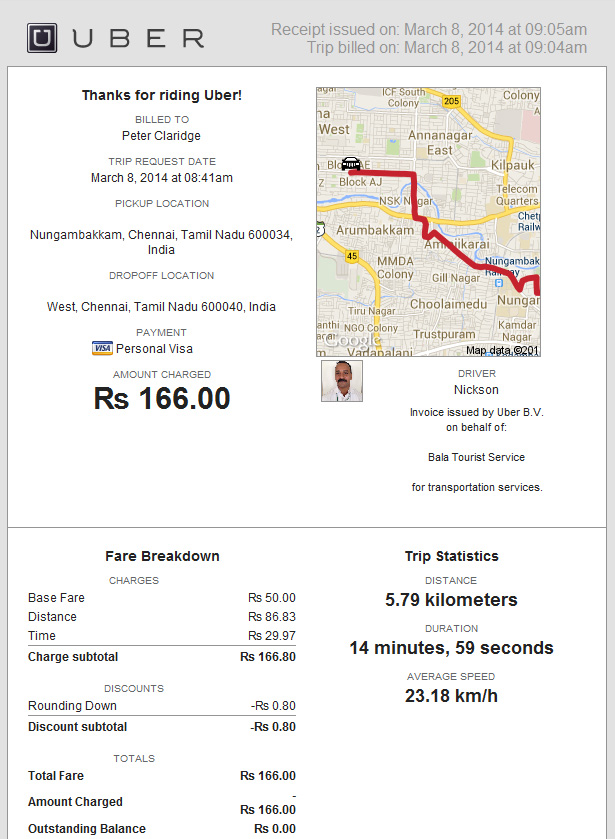
Uber Chennai is finally a taxi service that any expat can use and at a price point that beats regular taxis.
Hello Uber, good bye NTL, Milliondots, Fastrack (and Calltrack, and Taxitrack, and Metrotrack, and every other taxi service in Chennai that thinks ‘track’ means taxi or something).
There are of course a few limitations with the service. Uber is an on-demand service. You can’t pre-book a taxi to pick you up at a specific time and there are no package deals available. In addition, during times of great demand, like after Dublin or Pasha kicks out on a Saturday night, Uber employs what’s known as price surging where the fare can be double or triple the normal cost (you are informed about this before hand though).
Shameless plug: Listen in, if you want to try out Uber for yourself, use this promo code when you book your first Uber and you’ll get Rs 300 credited to your account: 4sk9w (I also get Rs 300 credited to my account if you use it, just so you know!).
